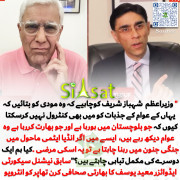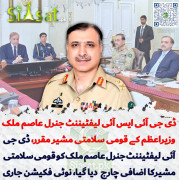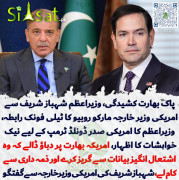I will read it
In the 12th century a second work by al-Khwārizmī introduced Hindu-Arabic numerals (see numerals and numeral systems) and their arithmetic to the West. It is preserved only in a Latin translation, Algoritmi de numero Indorum (“Al-Khwārizmī Concerning the Hindu Art of Reckoning”). From the name of the author, rendered in Latin as Algoritmi, originated the term algorithm.
https://www.britannica.com/biography/al-Khwarizmi
[h=2]DEVELOPMENT OF MODERN NUMERALS AND NUMERAL SYSTEMS[FONT="][/FONT][/h][h=2]The Hindu-Arabic system[/h]Several different claims, each having a certain amount of justification, have been made with respect to the origin of modern Western numerals, commonly spoken of as
Arabic but preferably as Hindu-Arabic. These include the assertion that the origin is to be found among the Arabs, Persians, Egyptians, and Hindus. It is not improbable that the intercourse among traders served to carry such symbols from country to country, so that modern Western numerals may be a conglomeration from different sources.
However, as far as is known, the country that first used the largest number of these numeral forms is India. The 1, 4, and 6 are found in the Ashoka inscriptions (3rd century bce); the 2, 4, 6, 7, and 9 appear in the Nana Ghat inscriptions about a century later; and the 2, 3, 4, 5, 6, 7, and 9 in the Nasik caves of the 1st or 2nd century ce—all in forms that have considerable resemblance to today’s, 2 and 3 being well-recognized cursive derivations from the ancient = and ≡. None of these early Indian inscriptions gives evidence of place value or of a zero that would make modern place value possible.
Hindu literature gives evidence that the zero may have been known earlier, but there is no inscription with such a symbol before the 9th century.
The first definite external reference to the Hindu numerals is a note by Severus Sebokht, a bishop who lived in Mesopotamia about 650. Since he speaks of “nine signs,” the zero seems to have been unknown to him. By the close of the 8th century, however, some astronomical tables of India are said to have been translated into Arabic at
Baghdad, and in any case the numeral became known to Arabian scholars about this time.
About 825 the mathematician al-Khwārizmī wrote a small book on the subject, and this was translated into Latin by Adelard of Bath (c. 1120) under the title of Liber Algorismi de numero Indorum. The earliest European manuscript known to contain Hindu numerals was written in Spain in 976.
The advantages enjoyed by the perfected positional system are so numerous and so manifest that the Hindu-Arabic numerals and the base 10 have been adopted almost everywhere. These might be said to be the nearest approach to a
universal human language yet devised; they are found in Chinese, Japanese, and Russian scientific journals and in every Western language. (However,
see the table for some other modern numeral systems.)
https://www.britannica.com/topic/numeral










































